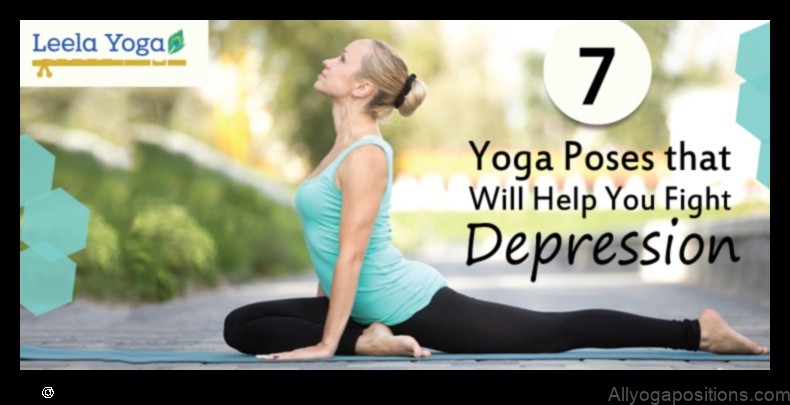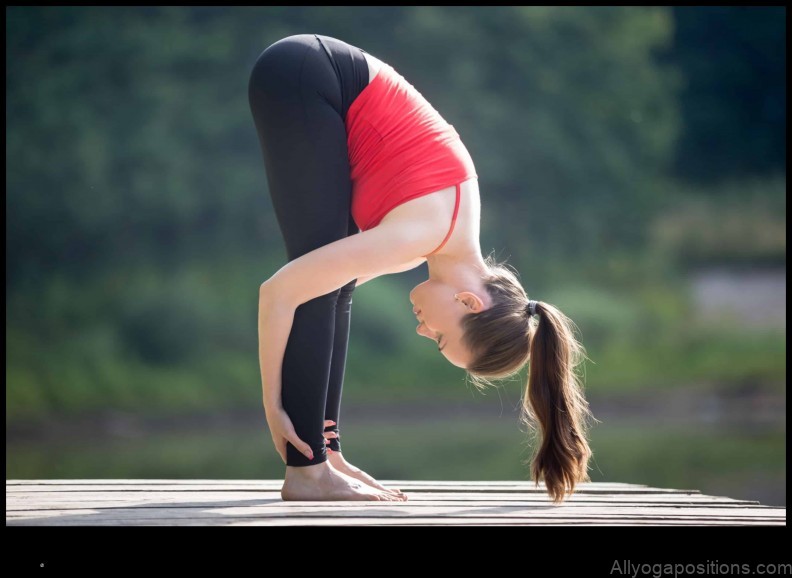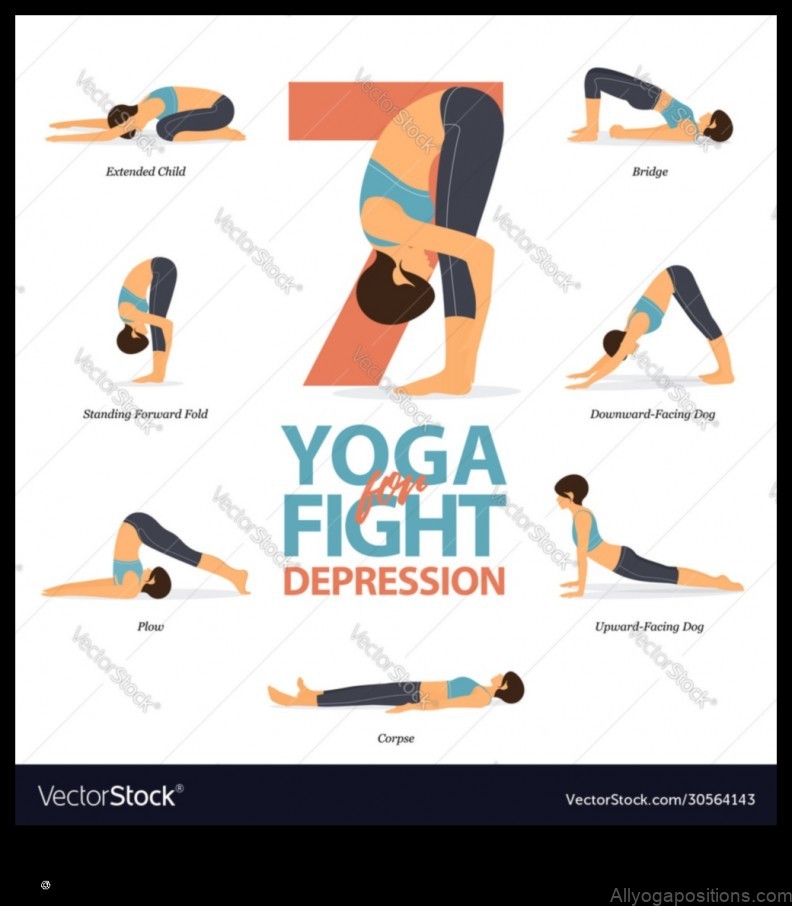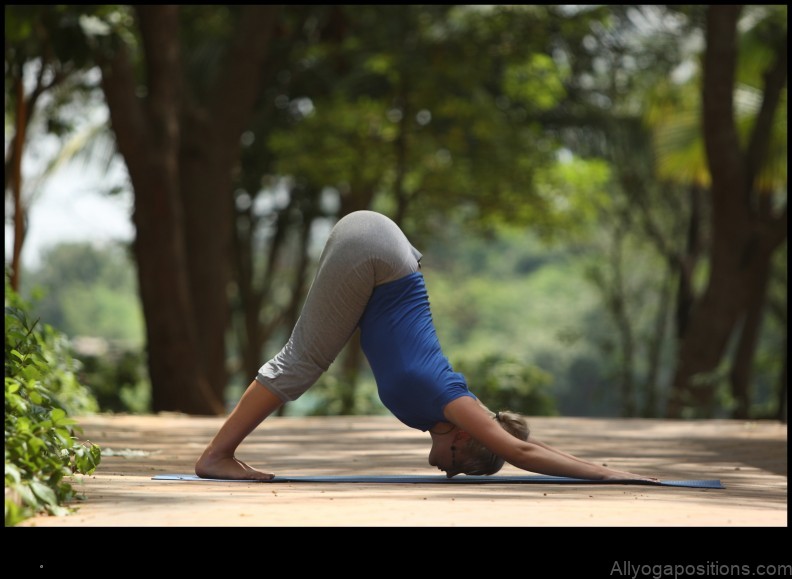
Yoga for Depression: Poses to Lift Your Spirits
Yoga is a mind-body practice that has been shown to have many benefits for physical and mental health. In recent years, there has been growing interest in the use of yoga for depression. Studies have shown that yoga can help to reduce symptoms of depression, improve mood, and increase feelings of well-being.
If you are struggling with depression, yoga can be a helpful addition to your treatment plan. It can help you to manage your symptoms, improve your mood, and find greater peace and happiness in your life.
This article will discuss the benefits of yoga for depression, as well as provide tips on how to get started with yoga practice.

Benefits of Yoga for Depression
Yoga has been shown to have a number of benefits for people with depression, including:
- Reduced symptoms of depression
- Improved mood
- Increased feelings of well-being
- Reduced stress
- Improved sleep
- Increased mindfulness
- Enhanced self-awareness
Yoga can help to improve your mood by reducing stress and anxiety, and by increasing levels of endorphins, which are hormones that have mood-boosting effects. Yoga can also help to improve your sleep, which can help to reduce symptoms of depression.
In addition to these physical benefits, yoga can also help to improve your mental health by increasing mindfulness and self-awareness. Mindfulness is the ability to pay attention to the present moment without judgment, and it can help you to break free from negative thought patterns and behaviors. Self-awareness is the ability to understand your own thoughts and feelings, and it can help you to make healthier choices and to live a more fulfilling life.
How to Start Practicing Yoga for Depression
If you are new to yoga, it is important to start slowly and gradually increase the intensity of your practice as you become more comfortable. You should also choose a yoga style that is appropriate for your fitness level and needs.
Some good options for people with depression include:
- Hatha yoga
- Yin yoga
- Restorative yoga
It is also important to find a yoga teacher who is experienced in working with people with depression. Your teacher can help you to modify your practice as needed and to make the most of your yoga experience.
Here are some tips for getting started with yoga for depression:
- Start by practicing for 10-15 minutes, 2-3 times per week.
- Choose a quiet, comfortable place to practice.
- Wear loose, comfortable clothing.
- Listen to your body and modify your practice as needed.
- Be patient and allow yourself to progress at your own pace.

Tips for Practicing Yoga for Depression
Here are some tips for making the most of your yoga practice for depression:
- Focus on your breath.
- Be present in the moment.
- Let go of expectations.
- Listen to your body.
- Be kind to yourself.
Yoga can be a powerful tool for managing depression. By practicing yoga regularly, you can reduce your symptoms, improve your mood, and find greater peace and happiness in your life.

Common Myths About Yoga and Depression
There are a number of myths about yoga and depression that can prevent people from trying yoga as a treatment option. Here are some of the most common myths:
- Yoga is only for flexible people.
- Yoga is too expensive.
- Yoga is too difficult.
- Yoga is a religion.
- Reduced stress and anxiety
- Improved mood
- Increased self-awareness
- Improved sleep
- Increased energy
- Child’s pose
- Forward fold
- Supine twist
- Bridge pose
- Seated forward bend
- Warrior pose
- Downward-facing dog
- Reduced stress and anxiety
- Improved mood
- Increased energy
- Improved sleep
- Enhanced self-awareness
- Increased flexibility and strength
- Find a beginner yoga class or program that is specifically designed for people with depression.
- Choose a time of day when you are most likely to be able to relax and focus.
- Wear comfortable clothing that you can move around in easily.
- Find a quiet place where you will not be disturbed.
- Start with simple poses and gradually increase the difficulty as you become more comfortable.
- Listen to your body and stop if you feel pain or discomfort.
- Be patient and allow yourself time to see the benefits of yoga.
- Start slowly and gradually increase the intensity of your practice as you feel comfortable.
- Listen to your body and avoid pushing yourself too hard.
- Find a supportive yoga community where you can feel safe and accepted.
- Practice yoga in a quiet, peaceful environment.
- Make yoga a part of your daily routine and practice it regularly.
- Yoga is only for people who are already in good shape.
- Yoga can make depression worse.
- Yoga is a religion.
- Yoga is too expensive.
- Child’s pose
- Forward fold
- Supta virasana (reclining hero pose)
- Savasana (corpse pose)
- Find a qualified yoga instructor who can help you develop a safe and effective practice.
- Start slowly and gradually increase the length and intensity of your practice as you feel comfortable.
- Make sure to listen to your body and stop if you feel pain or discomfort.
- Practice yoga in a quiet and peaceful environment.
- Wear comfortable clothing that allows you to move freely.
- Focus on your breath and let go of any thoughts that come into your mind.
- Be patient with yourself and don’t expect to see results overnight.
- Yoga is only for people who are physically fit.
- Yoga is a religion.
- Yoga can cure depression.
| Topic | Features |
|---|---|
| Yoga for Depression | Depression treatment |
| Yoga Poses | Yoga poses |
| Anxiety Relief | Anxiety relief |
| Stress Relief | Stress relief |
II. What is Yoga?
Yoga is a mind-body practice that originated in ancient India. It involves a series of postures, breathing exercises, and meditation. Yoga can be practiced for a variety of reasons, including improving physical and mental health, reducing stress, and relieving pain.
III. How Does Yoga Help Depression?
Yoga has been shown to have a number of benefits for people with depression, including:
Yoga can help to relieve stress and anxiety by promoting relaxation and mindfulness. It can also help to improve mood by increasing serotonin levels in the brain. Serotonin is a neurotransmitter that is involved in mood regulation. Yoga can also help to improve self-awareness by helping people to become more aware of their thoughts and feelings. This can lead to a better understanding of oneself and one’s triggers. Improved sleep and energy levels are also common benefits of yoga.
IV. Yoga Poses for Depression
There are many different yoga poses that can be helpful for depression. Some of the most common poses include:
These poses can help to relieve stress, improve mood, and increase relaxation. They can also help to improve flexibility and mobility, which can be beneficial for people who are experiencing depression.
It is important to find a yoga pose that is comfortable for you and that you can do safely. If you are new to yoga, it is best to start with gentle poses and gradually increase the intensity as you become more comfortable.
You can also try different poses to see which ones work best for you. Some people find that certain poses are more helpful for relieving stress or improving mood than others.
It is important to listen to your body and to stop if you feel pain or discomfort. Yoga should be a relaxing and enjoyable experience, so it is important to find poses that you enjoy and that make you feel good.
V. Benefits of Yoga for Depression
Yoga has been shown to have a number of benefits for people with depression, including:
Yoga can also help to improve your overall sense of well-being and can help you to cope with the challenges of depression.
VI. How to Start Practicing Yoga for Depression
If you are new to yoga, it is important to start slowly and gradually increase the amount of time and intensity of your practice. Here are a few tips for getting started:
Yoga is a safe and effective way to help manage depression. By following these tips, you can get started on your journey to a happier, healthier life.
VII. Tips for Practicing Yoga for Depression
Here are some tips for practicing yoga for depression:
Yoga can be a helpful tool for managing depression, but it is not a substitute for professional medical care. If you are struggling with depression, it is important to seek professional help.
Common Myths About Yoga and DepressionThere are many myths about yoga and depression. Some people believe that yoga is only for people who are already in good shape, or that it can make depression worse. However, the research shows that yoga can be a helpful treatment for depression, even for people who are not physically fit.
Here are some common myths about yoga and depression:
These myths are simply not true. Yoga is a practice that can be beneficial for people of all ages, shapes, and sizes. It can help to improve physical and mental health, and it can be a helpful treatment for depression.
If you are thinking about trying yoga for depression, it is important to find a qualified instructor who can help you get started. You should also talk to your doctor about your treatment options.
IX. Conclusion
Yoga is a safe and effective way to manage depression. It can help to relieve symptoms of depression, improve mood, and increase energy levels. If you are struggling with depression, yoga can be a helpful addition to your treatment plan.
When practicing yoga for depression, it is important to find a class or teacher that is supportive and understanding. It is also important to listen to your body and avoid pushing yourself too hard.
Yoga is a lifelong practice that can help you to maintain a healthy mind and body. By incorporating yoga into your daily routine, you can learn to manage stress, improve your mood, and live a more fulfilling life.
X. FAQ
Q: What is yoga?
A: Yoga is a mind-body practice that originated in ancient India. It involves a series of poses, breathing exercises, and meditation.
Q: How does yoga help depression?
A: Yoga has been shown to have a number of benefits for people with depression, including reducing stress, improving mood, and boosting self-esteem.
Q: What are some yoga poses for depression?
A: Some yoga poses that can help with depression include:
Q: How to start practicing yoga for depression?
A: If you are interested in starting to practice yoga for depression, there are a few things you can do:
Q: Tips for practicing yoga for depression?
A: Here are a few tips for practicing yoga for depression:
Q: Common myths about yoga and depression?
A: There are a few common myths about yoga and depression that can be harmful. Here are a few of them:
Q: Conclusion
Yoga is a safe and effective way to help manage depression. If you are interested in starting to practice yoga for depression, there are a number of resources available to help you get started.
Table of Contents
